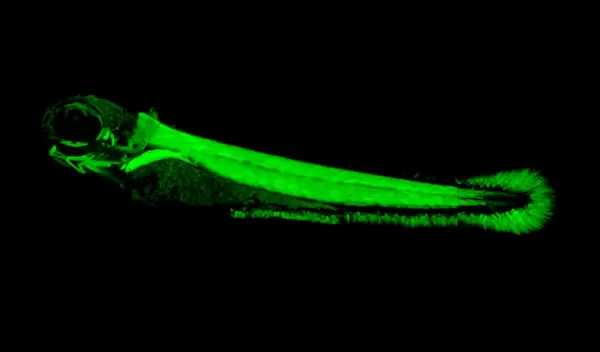
How electric fish evolved their electric organs
Electric organs help fish such as the electric eel do all sorts of amazing things. They send and receive signals that are akin to bird songs, helping them recognize other electric fish by species and sex.
Now a U.S. National Science Foundation-funded study published in Science Advances explains how small genetic changes enabled electric fish to evolve their electric organs. The finding might also help scientists pinpoint the genetic mutations behind some human diseases.
Evolution took advantage of a quirk of fish genetics to develop electric organs. All fish have duplicate versions of the sodium channel gene that produces tiny muscle switches. To evolve electric organs, electric fish turned off one duplicate of the gene in muscles and turned it on in other cells. The tiny switches that typically make muscles contract were repurposed to generate electric signals, producing a new organ with astonishing capabilities.
"We can see how a small change in a gene can completely change where it's expressed," said Harold Zakon, a neuroscientist and integrative biologist at The University of Texas at Austin and corresponding author of the study.
Researchers from UT Austin and Michigan State University describe discovering a short section of this sodium channel gene -- about 20 letters long -- that controls whether the gene is expressed in a cell. They confirmed that in electric fish, the control region is altered or entirely missing. That's why one of the two sodium channel genes is turned off in the muscles of these fish. But the implications go far beyond the evolution of electric fish.
"This control region is in most vertebrates, including humans," Zakon said. "The next step in terms of human health would be to examine this region in databases of human genes to see how much variation there is in normal people, and whether some deletions or mutations in this region could lead to a lowered expression of sodium channels, which might result in disease."


